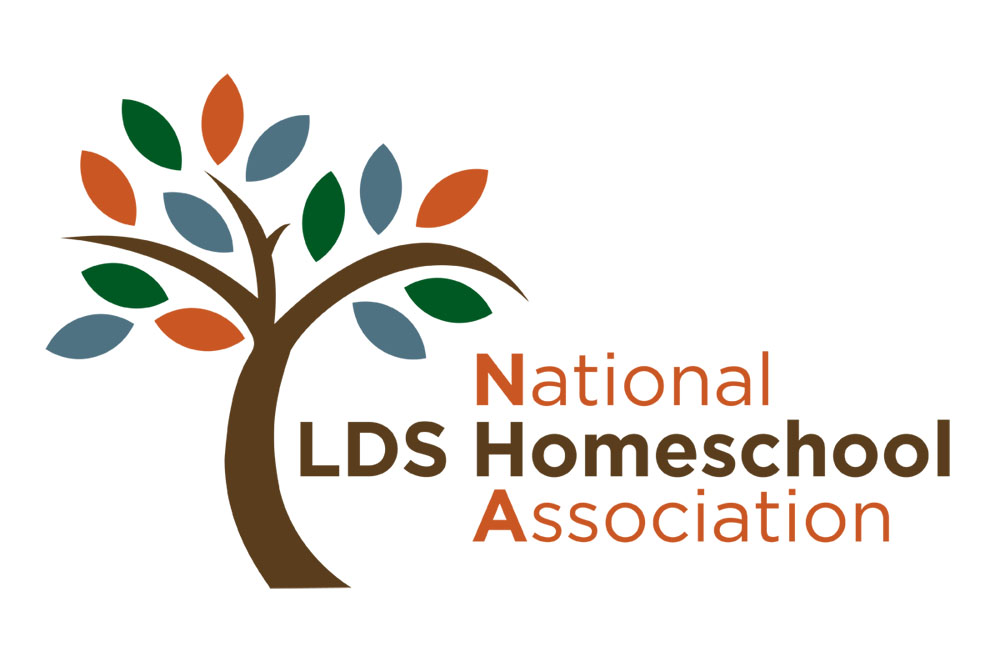Almost as soon as a new baby opens her eyes her parents start talking to her. They sing, tell little nursery rhythms and label the world around them for their precious little one. At first she doesn’t understand anything they say, but soon all that talking leads to understanding and eventually she will start imitating and sharing her own words.
Several years ago I read Patricia Clark Kenschaft’s book Math Power, which discusses how this same process can help children learn math. She stressed the importance of talking about math concepts as we go about our daily lives, even before our children are old enough to understand the terms, trusting that over time understanding will come just as it does when they are learning to speak. Her theory changed the way I thought about teaching math.
As I made a conscious effort to work math language into our routine, I saw opportunities everywhere. I talked with my preschooler and kindergartener about how many plates we needed for the table: “You have 4 plates. We need 6. 4+2 is 6.” We counted steps together, by ones and twos, and we subtracted cookies: “You had 2 cookies. You ate 1. 2-1 is 1.” There are numbers all around us and I simply pointed them out as we went throughout our day. I never quizzed them or worried about whether they “got it.” I just kept talking. Then one day I was reading a counting book to my four-year-old. As we counted the groups of animals on each page I made comments like I had many times before: “Look, 4 cats. 2 groups of 2 cats is 4.” We finished the book and she said, “mom that book was 3 groups of 2 . . . 6.” I didn’t understand what she meant until she held the board book up for me and showed me 6 pages, split into 3 groups of 2. For a moment I thought I had given birth to a child prodigy! Then I realized that she doesn’t know she is doing multiplication; mathematical concepts are simply becoming a natural part of her world.
This same concept holds true for older students. Math is suddenly easy and natural when they aren’t solving problems in a workbook. Such natural activities as music, cooking, building, managing an allowance and origami use computations, fractions and geometry are easy to do. Last week my boys made puzzle cubes at math club. This activity from the AIMS (Activities in Math and Science) Puzzle Play book involved gluing 2 cm wooden cubes together into 6 different shapes. Then, they had to figure out how to put all those shapes together to make a giant cube. My boys spent over an hour that afternoon figuring out how to make the cube and other configurations listed in the book. Then the next day they started making up their own shape puzzles and sketching them out on graph paper. They were so busy with their project I had trouble getting them to do any other school work that day! Nobody complained about having to do “math”.
Activities such as these give math curriculum meaning. When they see that math has a purpose and is useful in their daily lives they are a lot more likely to retain what they learn and to enjoy it. The AIMS bookshttp://www.aimsedu.org/index.html, and the Living Math website and yahoo group http://www.livingmath.net/are two of my favorite resources. The AIMS foundation has books containing a large variety of hands-on math and science activities. Many of these activities are adaptable for multiple age levels. The living math site has lists of “living” math books by concept, lists of math games and “living” math teaching ideas.
Growing up I was never a “math person”. It was a subject I never excelled at and grew to dread as the years went by. I wanted something better for my children. That was the motivating factor behind my search for living math materials. There are still days when we experience a certain amount of moaning and groaning over the workbooks but there are also moments of mathematical genius and pure awe at the power and splendor of mathematics. That’s the beauty of the “living” world of mathematics!

